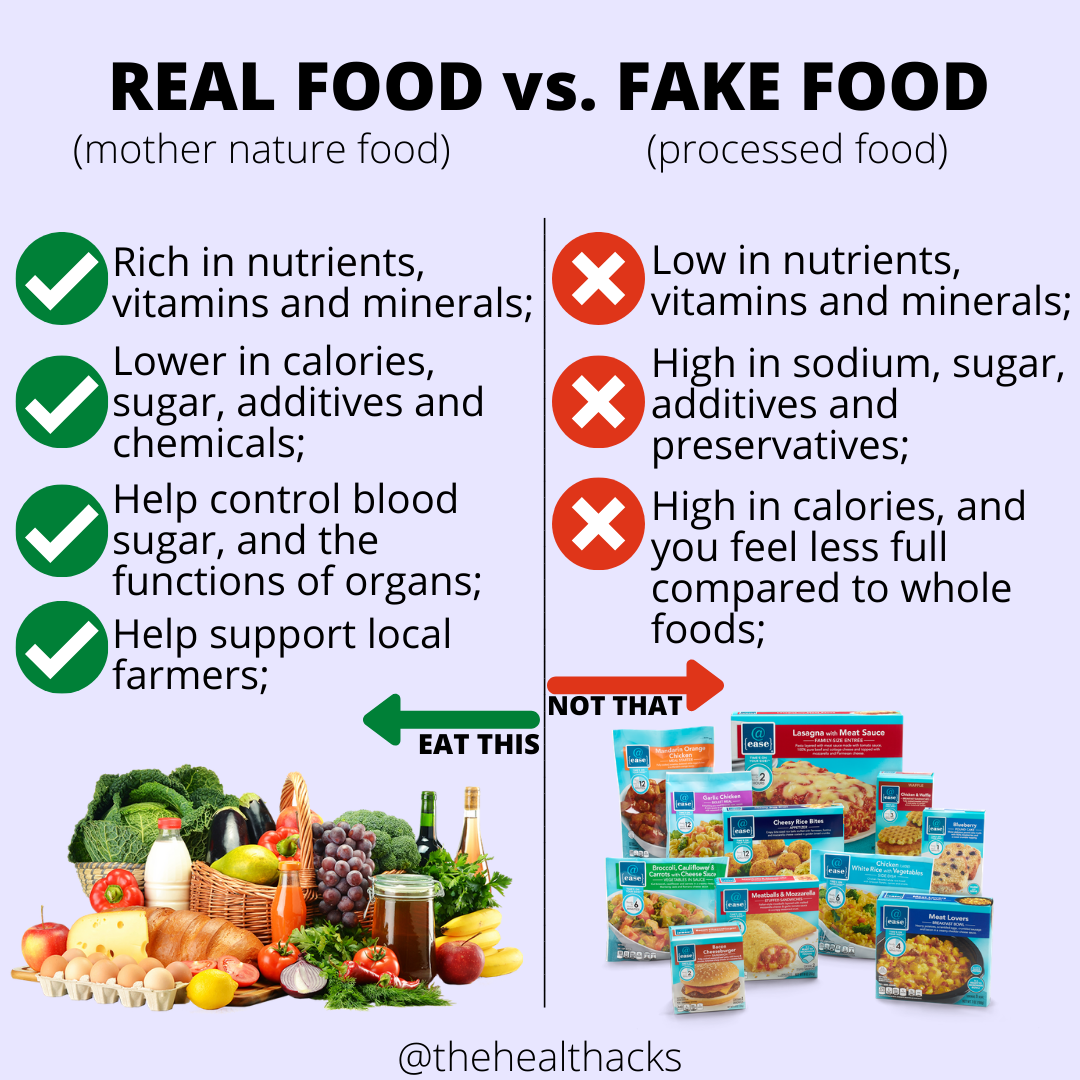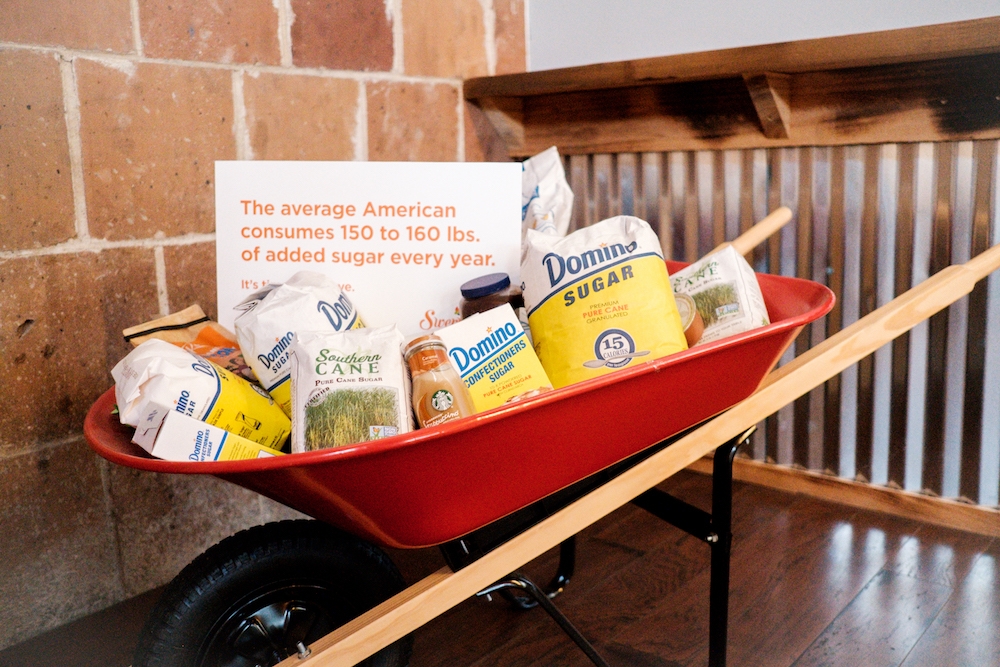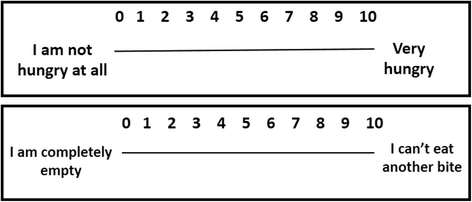
Hyperpalatable foods and sweetened drinks are heavily overconsumed in industrialized nations, and such manufactured items are thought to contribute to obesity and type 2 diabetes (T2D).1 Reduction in ultra-processed food and drink (UPFD) consumption is critical in the management of said metabolic disorders, and methods that slowly ween individuals off of such foods/drinks is likely to facilitate the transition in a meaningful fashion. One particular approach is through reducing sugar intake via low calorie sweeteners such as aspartame and stevia.1(37)As a means of appreciating the efficacy of such an intervention, the following will explore the same.

Overconsumption of sucrose, a disaccharide containing 50% glucose and 50% fructose, has been thought to contribute to insulin resistance, diabetes, and obesity.1(37)Such findings are further supported by notable changes amongst healthy volunteers who consumed sugary drinks; increased dyslipidemia, decreased insulin sensitivity, increased adiposity, and increased visceral fat were all observed.1(37) Considering industrialized nations consume sweetened beverages such as soft drinks (i.e., 29% of the Australian population consume an average of 375ml of soft drinks/day) in excess, such habits are likely to participate in the obesity epidemic.2Furthermore, the World Cancer Research Fund has identified 11 cancers (liver, prostate, ovary, gallbladder, kidney, colorectum, oesophagus, breast, pancreas, endometrium, and stomach) linked to overweight and obesity.2(1619)Such findings support a movement to reduce sweetened beverage consumption.

Anton et al1(38) noted that on average, each American consumes 140+ lbs of added sugar per year, driving an exaggerated postprandial glucose and insulin response; such events are known to stimulate hunger levels leading to a perpetual overconsumption of added sugars and food. Artificial sweeteners, such as aspartame, and calorie-free botanically-based sweeteners like stevia (from the Stevia rebaudianaBeretoni plant) have been used as sugar substitutes to help control cravings and hunger.1(38) However, the degree to which each sugar substitute facilitates reduction in bodyfat and hunger remains unclear. Considering the general overconsumption of sucrose and sugar sweetened beverages, studies elucidating the effectiveness of sugar substitutes are necessary to evaluate their effects upon food intake, satiety, blood glucose, and blood insulin levels.1(38)

Anton et al1(38) conducted a study whereby 19 lean individuals (BMI 20.0-24.9 kg/m2) and 12 obese individuals (BMI 30-39.9 kg/m2) were recruited to examine the effects of sucrose, aspartame, and stevia upon food intake, satiety, blood glucose, and blood insulin levels. For each of the 3 test meal days, participants arrived for the study after completing a 12-hour fast and consumed a 469 kcal breakfast containing orange juice, butter, toast, milk and cereal.1(38)Prior to breakfast (20 minutes), each participant was randomly assigned to consume tea and crackers with sweetened cheese (cheese was sweetened with either sucrose, aspartame, or stevia). Lunch and dinner were self-selected buffet styled meals where participants could eat as much, or as little, as they desired. Furthermore, participants were blinded as to which form of sweetener was consumed.1(38) Since sucrose and low-calorie sweeteners may have indirect and direct effects on caloric intake, the preload-to-test meal approach was implemented to better comprehend potential mechanisms through which sucrose and low-calorie sweeteners might affect food intake.1(38)

For each meal, participants were instructed to report hunger and satiety levels via the Visual Analogue Scale after they ate, and 30 minutes and every hour after lunch into the afternoon. Blood samples were gathered before pre-load and lunch meals within 30 minutes, 1 hour, and 2 hours after the lunch meal.1(38-39)After the study was completed, a particularly interesting and encouraging finding included an absence of food intake overcompensation when using aspartame and stevia, when compared to sucrose pre-loaded meals.1(41) Participants’ total caloric intake was significantly lower in the stevia and aspartame conditions compared to the sucrose condition. Furthermore, the stevia pre-loaded group experienced reduced postprandial levels of insulin and glucose when compared to aspartame and sucrose.1(42)Such findings suggest a potential use for using stevia to control hunger and hyperglycemia, though additional research must be conducted to elucidate underlying mechanisms of action.
In conclusion, hyperpalatable foods and sweetened drinks are heavily overconsumed in industrialized nations, and such manufactured items are thought to contribute to obesity and T2D. Controlling hunger and minimizing exposure to UPFDs is likely to help reduce rates of obesity and insulin resistance, and stevia might be a potential tool in reaching such an end.
References
1. Anton SD, Martin CK, Han H, et al. Effects of stevia, aspartame, and sucrose on food intake, satiety, and postprandial glucose and insulin levels. Appetitite. 2010;55(1):37-43. doi:10.1016/j.appet.2010.03.009.
2. Hodge AM, Bassett JK, Milne RL, et al. Consumption of sugar-sweetened and artificially sweetened soft drinks and risk of obesity-related cancers. Public Health Nutr. 2016;21(9):1618-1626. doi:10.1017/S1368980017002555.
-Michael McIsaac
